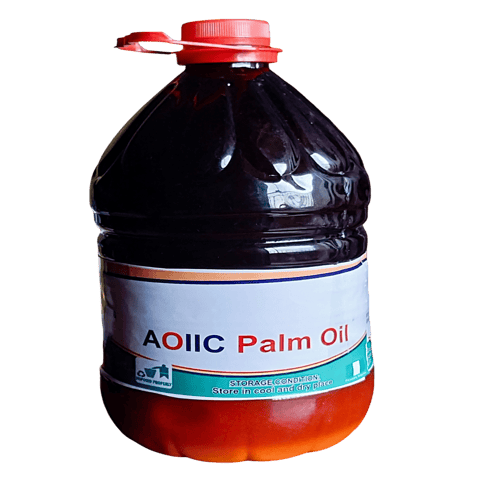How to Differentiate Original Palm Oil from Adulterated Palm Oil
How to Differentiate Original Palm Oil from Adulterated Palm Oil
AOIIC Palm Oil
4/27/20242 min read


How to Differentiate Original Palm Oil from Adulterated Palm Oil
Palm oil is a widely used and versatile cooking oil that is extracted from the fruit of the oil palm tree. However, due to its popularity and high demand, there is a risk of adulteration in the market. Adulterated palm oil refers to the mixing of lower quality oils or substances with palm oil to increase profits. Differentiating between original palm oil and adulterated palm oil is crucial to ensure you are getting a high-quality product. Here are some ways to identify the authenticity of palm oil:
1. Check the Label and Packaging
When purchasing palm oil, always check the label and packaging. Look for reputable brands that have a good track record and are known for their quality such as AOIIC Palm Oil. Genuine palm oil will have clear and accurate labeling, including information about the source, production methods, and certifications. Avoid products with vague or misleading labels.
2. Color and Clarity
Original palm oil typically has a vibrant reddish-orange color. The color may vary slightly depending on the ripeness of the fruit and the processing methods used. Adulterated palm oil, on the other hand, may have an unnatural or dull color. It may appear cloudy or have visible impurities. Always compare the color and clarity of the palm oil with a trusted reference sample.
3. Smell and Taste
The smell and taste of palm oil can also provide clues about its authenticity. Original palm oil has a distinct aroma that is often described as earthy, nutty, or slightly sweet. It should not have any off-putting or rancid odor. Similarly, the taste should be smooth and characteristic of palm oil. Adulterated palm oil may have a different or unpleasant smell and taste due to the presence of other oils or additives.
4. Consistency and Texture
Original palm oil has a thick and viscous consistency, similar to other edible oils. It should not be too watery or excessively thick. Adulterated palm oil may have a different consistency or texture due to the addition of other substances. It may feel greasy, sticky, or have a slimy texture. Always observe the consistency and texture of the palm oil before making a purchase.
5. Certification and Quality Standards
Look for palm oil that is certified by recognized organizations such as the NAFDAC and SON. These certifications ensure that the palm oil has been produced sustainably and meets certain quality standards. Additionally, check if the palm oil has undergone any third-party testing or verification processes to guarantee its authenticity.
By following these guidelines, you can increase your chances of purchasing original and unadulterated palm oil. Remember to buy from trusted sources and be cautious of unusually low prices, as they may indicate the presence of adulterants. Prioritizing quality and authenticity will not only ensure the best taste and nutritional value but also support sustainable palm oil production.
GENERAL INQUIRIES
Get In Touch With Us.
Email: info@aoiicpalmoil.com
Email: support@aoiicpalmoil.com
Whatsapp: +234 814 544 9611
Call: +234 808 254 4873
COMPANY
© 2024 Copyright: aoiicpalmoil.com
NEWSLETTER
Subscribe to our newsletter


AOIIC Palm Oil is a leading sustainable palm oil production company based in Owerri, Imo State, Nigeria. We are passionate about quality palm oil and committed to sustainable practices.
ADDRESS
Km 10, Owerri-Orlu Road, Duruejiaku Village, Ahaba Orodo, Mbaitoli LGA, Imo State, Nigeria.